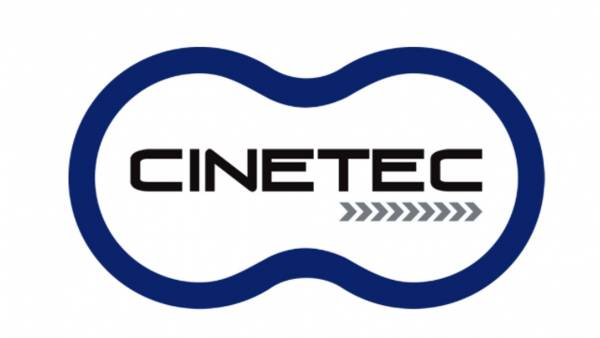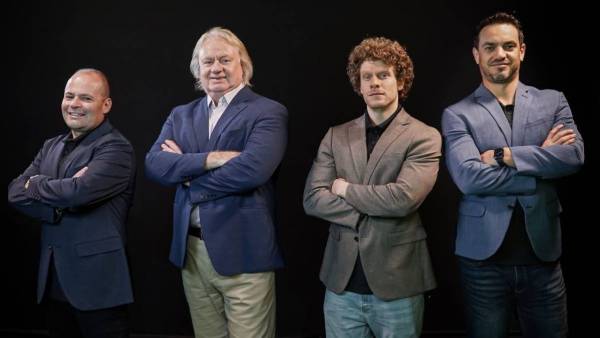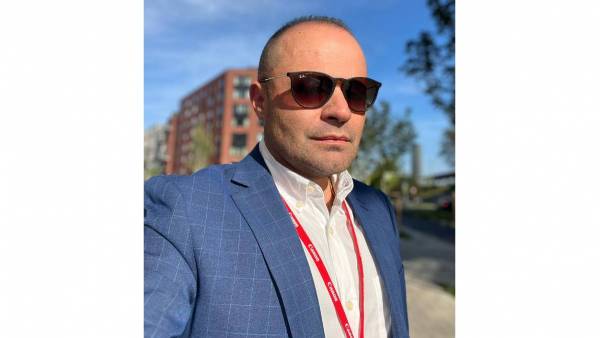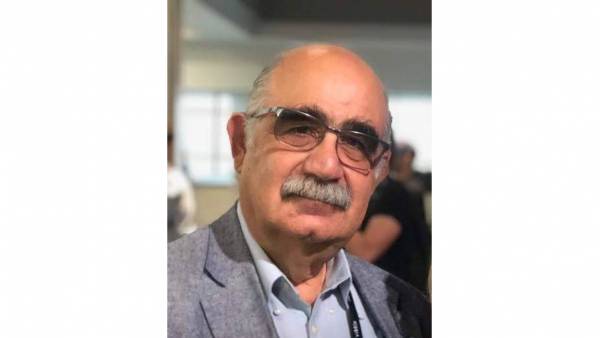Latin America. The shutdown of 2G and 3G wireless networks for mobile services, which consists of the disconnection of these older technologies that are falling into disuse due to technological evolution, is a process that is already underway in several countries around the world.
This strategic decision of the operators responds to several reasons, among which are aspects of costs, energy consumption, efficiency in infrastructure management, and use of radio spectrum frequencies.
The process is not new, given that the telecommunications sector has already gone through it also with analog or first-generation cellular networks, where they existed.
When it comes to 2G and 3G, several mobile operators around the world have started this process, with different approaches. In some countries, the shutdown of networks has begun with the older technology, 2G.
However, there are markets where there is still a relatively high utilization of these networks for machine-to-machine (M2M) or Internet of Things (IoT) applications. And at the same time, the use of 3G – whose main attraction was data connectivity – has been completely replaced, or almost, by the surpassing alternative in this area of 4G. In these markets, the shutdown has been faced by 3G.
Among the factors to take into account when planning the disconnection of a network, two stand out especially: coverage and user migration. Before thinking about removing a particular technology from circulation, it is necessary that there is an alternative for the continuity of the service, for which geographical coverage with a new technology is required, and that the users of the service have a device or terminal suitable to connect to the new network. Both aspects tend to occur progressively with the maturation or massification of new technologies, a process that usually takes a few years.
In Latin America, several countries are approaching the maturity necessary to move forward with the shutdown of the networks. Brazil, for example, in June of this year came very close to covering its 5,570 municipalities with 4G networks. Most likely in the coming months will reach full coverage of the territory under this technology.
In Chile, meanwhile, 3G mobile connections are less than 2 million, compared to a total of more than 20 million 4G connections, while 2G connections are practically non-existent for data transmission. The turning point when 4G overthrew 3G on the mobile internet came at the end of 2016, and from there, the fall of the third generation remained constant.
Finally, in Ecuador the total number of active GSM cellular lines (2G) remains below 2 million in recent years, also accompanied by a reduction in UMTS and HSPA (3G) connections, although in this market, 4G still has a long way to go to replace its predecessors completely.
For 5G Americas' Infographic on this topic, click here.


























Leave your comment